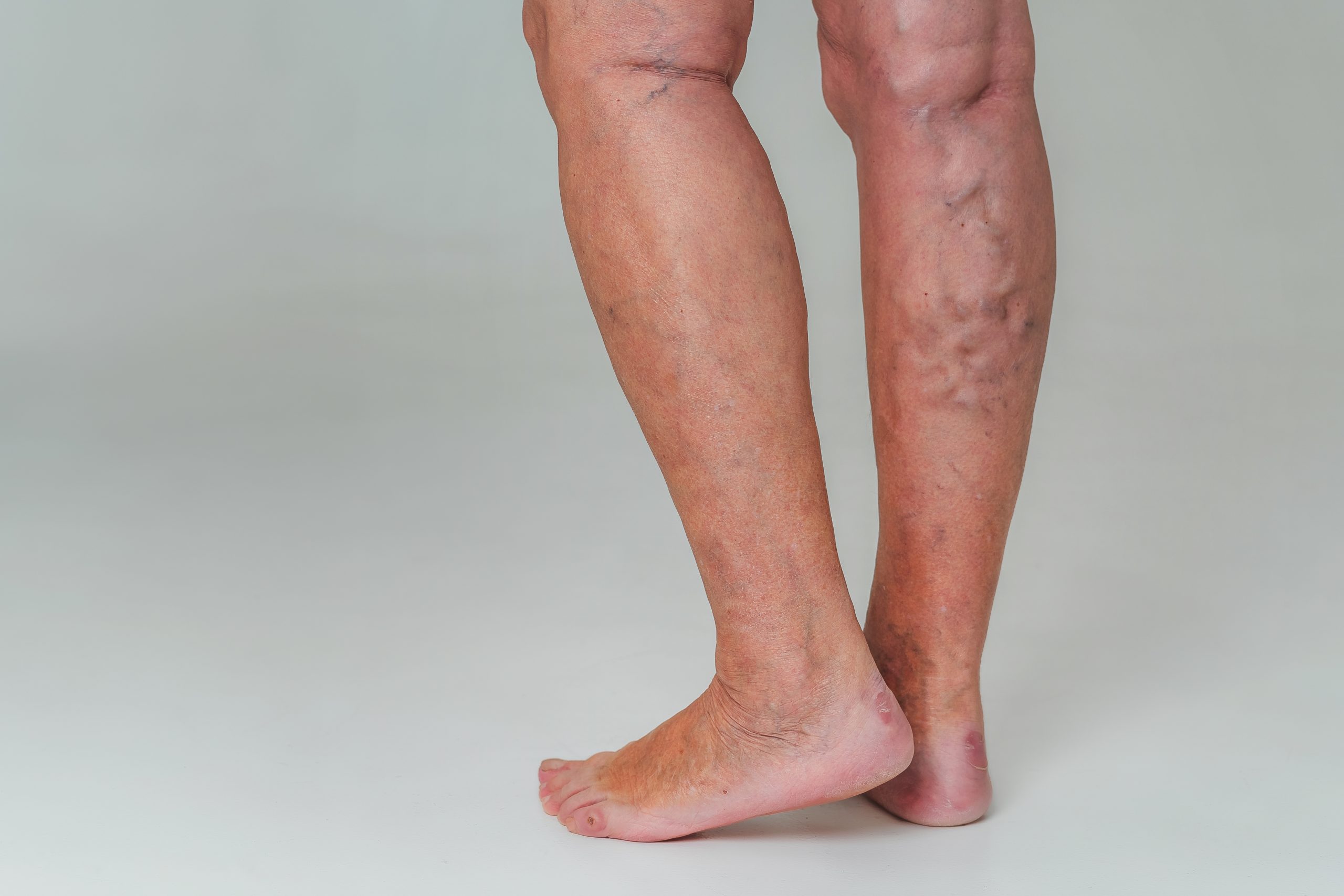Let’s talk about Compression therapy for Vein disease! It is safe to say that vein disease can impact your life negatively, from swelling and discomfort while standing to the inability to walk without pain. Treatments for vascular diseases can range from simple compression therapy to full-on vascular surgery. Treating venous reflux disease as soon as possible will improve symptoms and delay the onset of more serious vein conditions once they start. One of the most effective treatments for vein disease is compression therapy. This article will explore all the benefits this treat me has when suffering from vein disease.
What is Compression Therapy?
Compression therapy involves wearing non-invasive and specially designed stockings or bandages that provide graduated pressure to the affected area. The pressure helps to improve blood flow and reduce swelling in the legs. Compression therapy is used to treat a range of conditions, including vein disease, lymphedema, and deep vein thrombosis.
How Does Compression Therapy Work?

Compression stockings and bandages apply pressure to the legs, ankles, and feet. The force is most significant at the ankle and gradually decreases as it moves up the leg. This graduated pressure helps push blood back toward the heart, reducing blood pooling in the veins. Compression therapy also helps reduce swelling by preventing fluid from accumulating in the tissues.
Benefits of Compression Therapy for Vein Disease
Reduces Pain and Discomfort
One of the most significant benefits is reducing pain and discomfort. Compression stockings and bandages help improve blood flow, alleviating leg pain and swelling. This therapy can improve blood flow and reduce the risk of developing leg ulcers, which can be painful and challenging to treat.
Prevents Blood Clots
Vein disease increases the risk of developing blood clots, which can be life-threatening if they travel to the lungs or brain. It also helps prevent blood clots by improving blood flow and reducing the amount of blood that concentrates in the veins. By keeping blood flowing smoothly, it is also great for reducing the risk of developing blood clots.
Improves Quality of Life
Vein disease can significantly impact a person’s quality of life, causing pain, discomfort, and reduced mobility. It can also help improve quality of life by reducing swelling, pain, and fatigue symptoms. Improving blood flow will also increase mobility and allow people to engage in activities they may have previously avoided due to their condition.
Non-Invasive Treatment
Compression therapy is a non-invasive treatment that does not require surgery or medication; this makes it an attractive option for people who prefer a non-invasive approach. Compression stockings and bandages are also easy to use and can be worn under clothing, allowing people to do their daily activities without interruption.
Conclusion
Compression therapy is a safe and effective treatment for vein disease that offers numerous benefits. By improving blood flow, reducing pain and discomfort, preventing blood clots, and improving quality of life, helping people with vein disease to manage their condition and live a more comfortable and active life. If you are suffering from vein disease, please schedule an appointment at The Vein Company location that suits you best; our team of professionals will be happy to help.
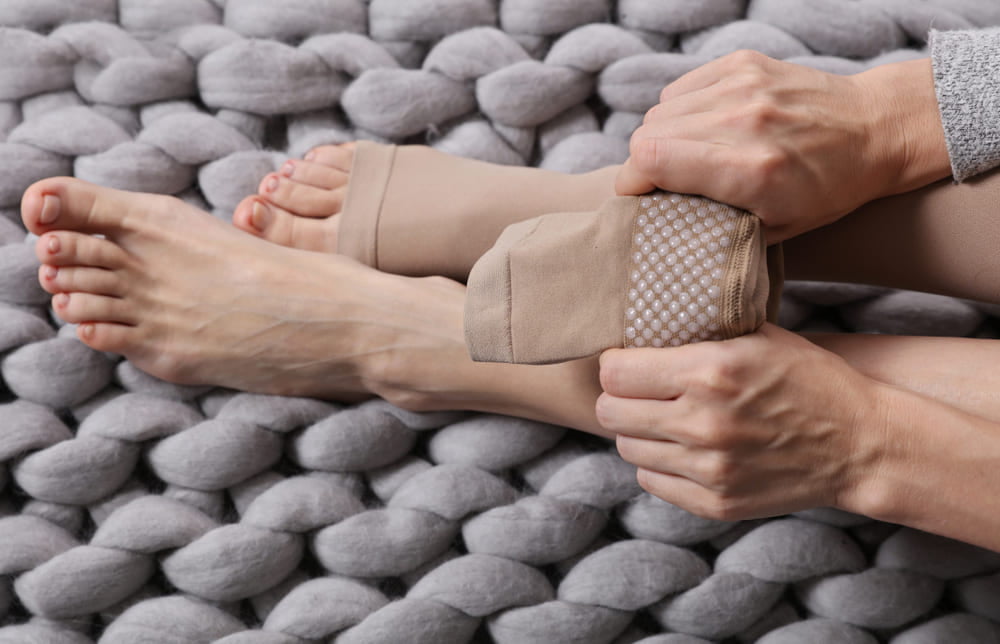

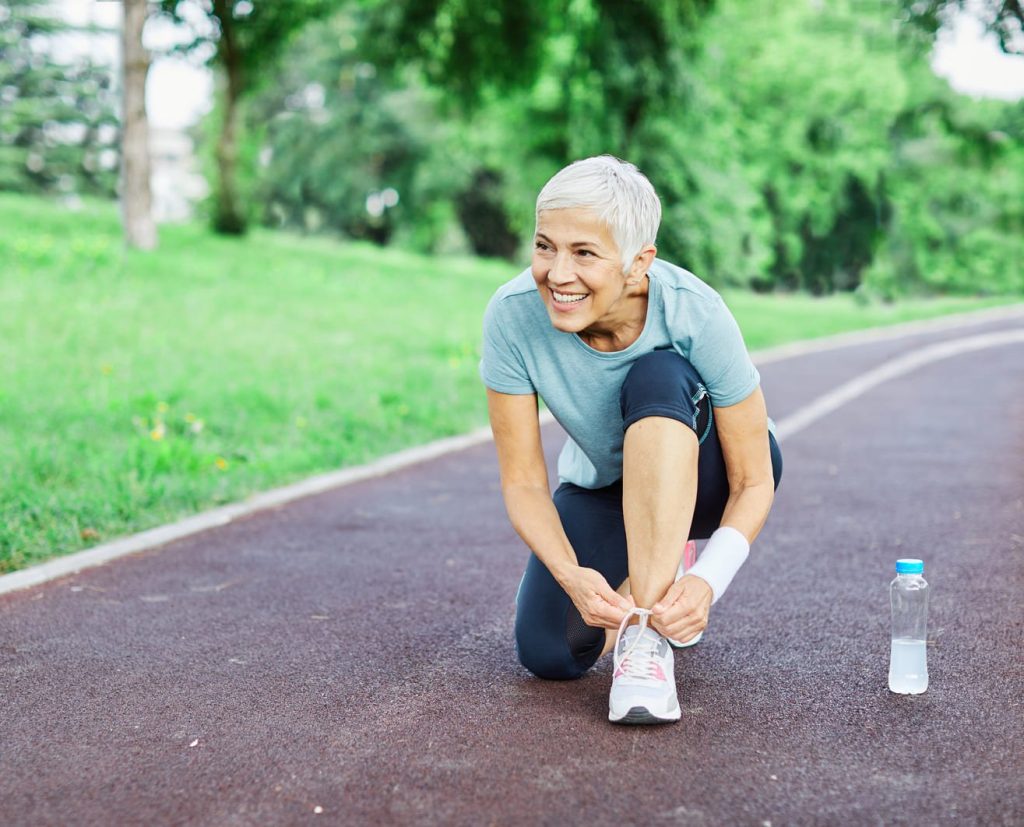
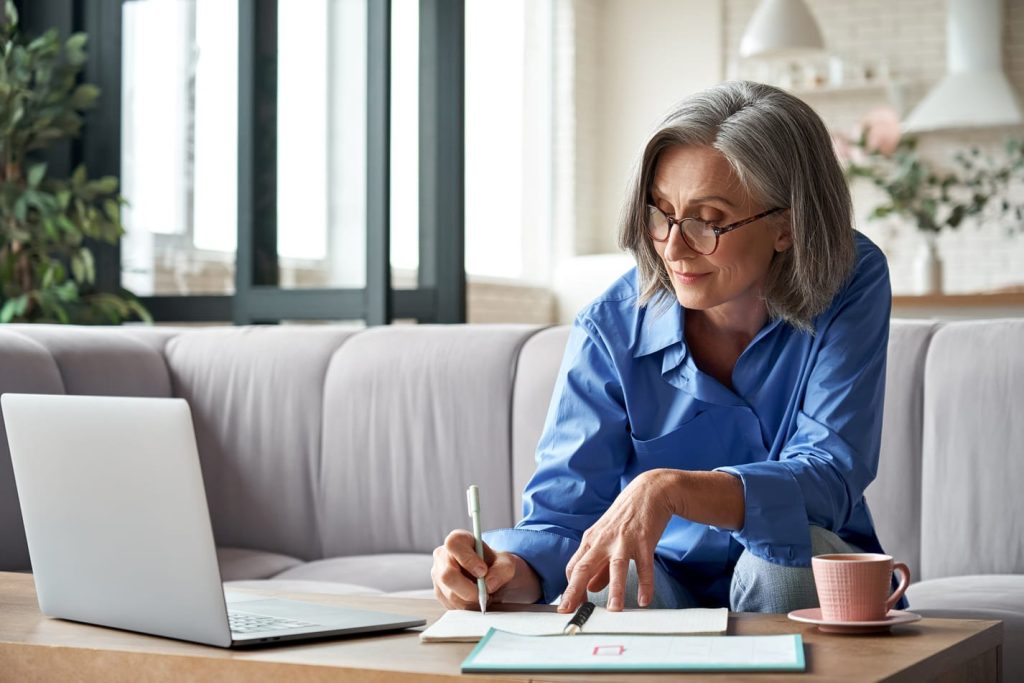
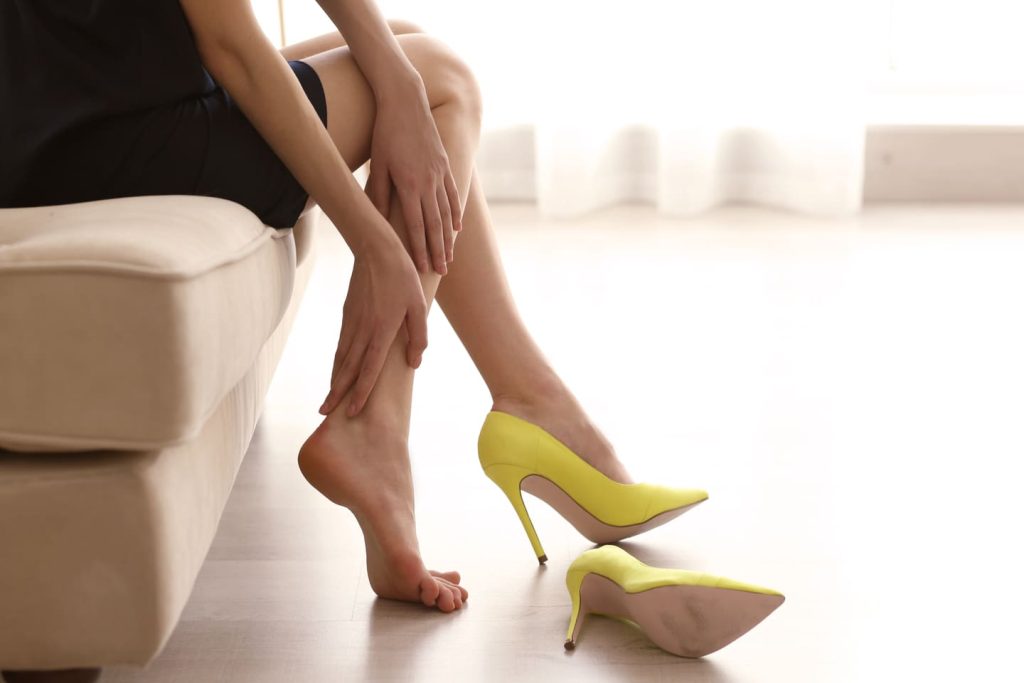
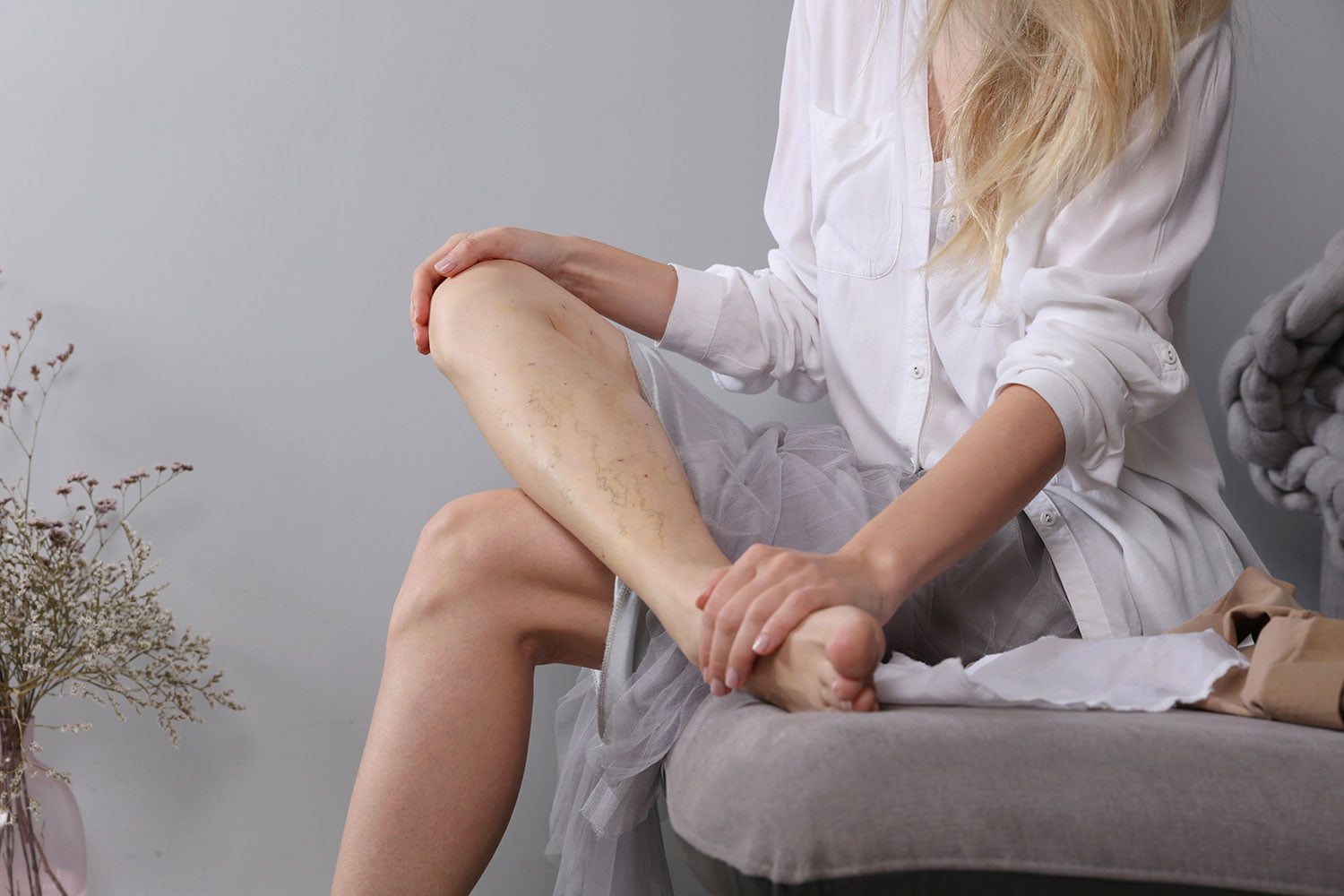


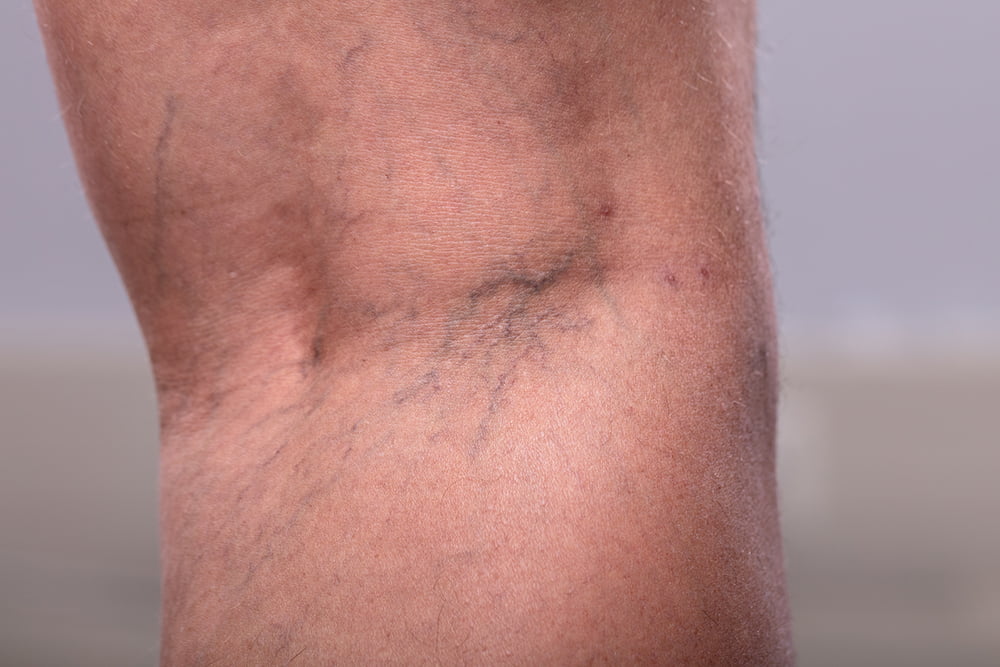
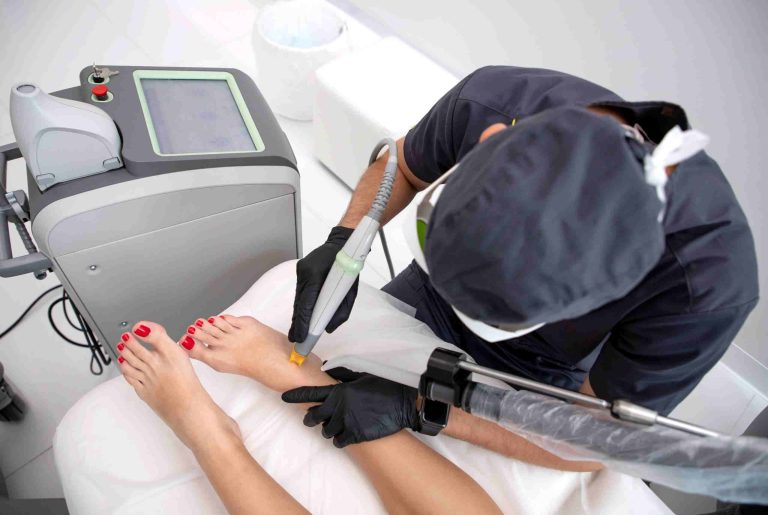
![What’s The Best Time To Treat Spider & Varicose Veins? [Infographic]](https://www.theveincompany.com/wp-content/uploads/2021/03/Vein-Co-Infographic-Nov19-v1.jpg)



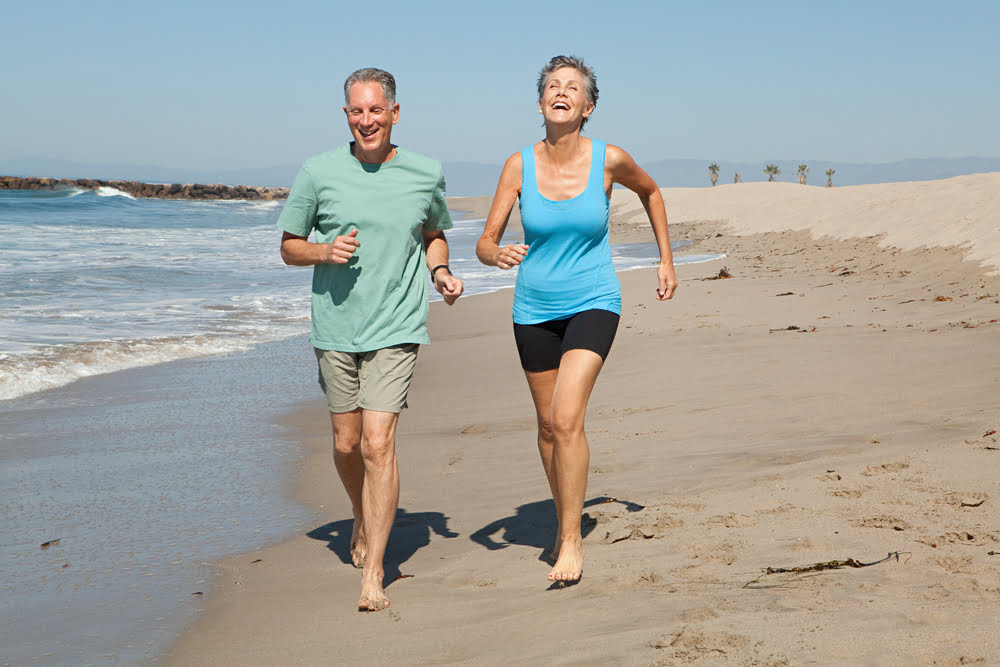
![What You Do Now Could Help Avoid Vein Problems Later [Infographic]](https://www.theveincompany.com/wp-content/uploads/2021/03/VeinCo-Infographic-Sep19-v1.jpg)
